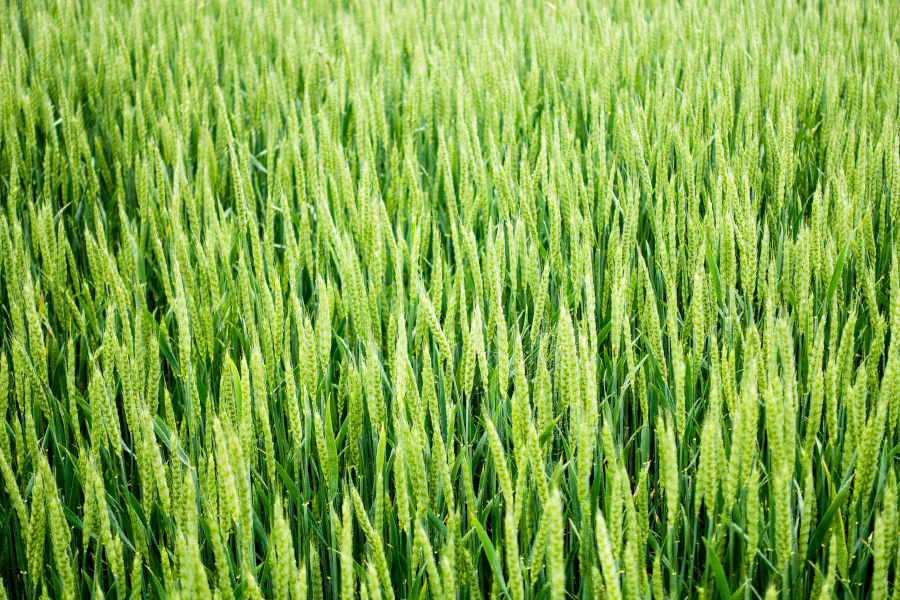Going under cover to reduce pollution
Cover crops are one of the many ways farmers are reducing pollution

Historically, farmlands would lie bare after the growing season concluded until it was time to plant next year’s crop. This left the land open and vulnerable to winter rain and snow that would wash soil off the field and with it, excess nutrients from fertilizers. This is one of the reasons why today, agricultural runoff is one of largest source of nutrient and sediment pollution to the Bay.
Many farmers are aware of this and are doing their part to reduce pollution by implementing pollution-reducing practices on their farms. One way they do this is through cover crops.
Cover crops are short-term crops that farmers plant on their fields over the winter. As they grow, these crops absorb some of those leftover nutrients from the soil while they also help hold the soil in place.
Along with preventing nutrient and sediment pollution from entering waterways, cover crops also suppress weeds, reduce insect pests and disease, diminish nutrient leaching and enrich soil with organic matter.
Common cover crops include legumes (like cowpeas or clover), forage radish and cereal grains (like wheat, rye or barley).
Learn more about pollution-reducing practices.

Comments
This was very intresting
Thank you!
Your comment has been received. Before it can be published, the comment will be reviewed by our team to ensure it adheres with our rules of engagement.
Back to recent stories